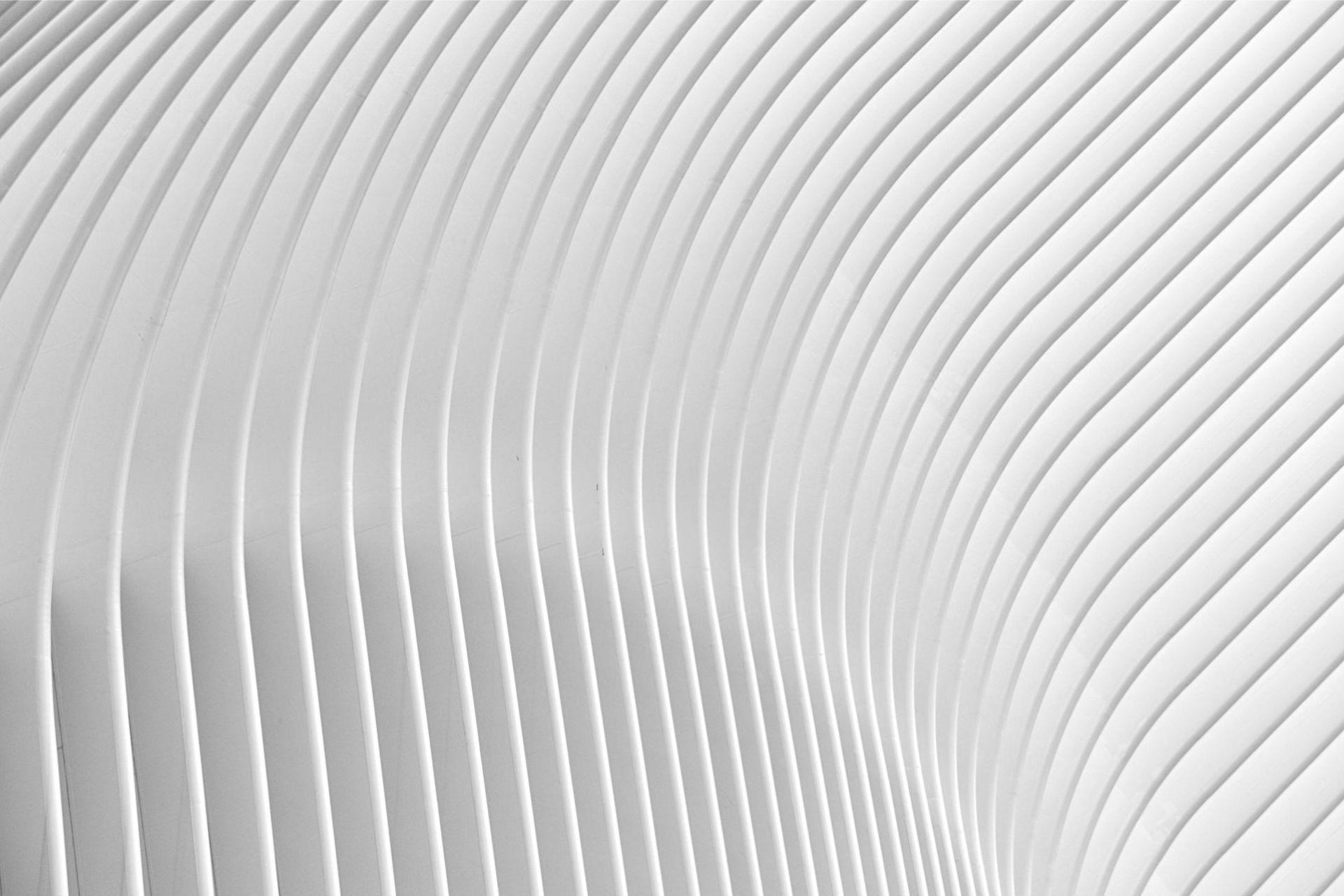Titanium Dioxide in the Construction and Real Estate Industry. In the realm of construction and real estate, innovation is the cornerstone of progress. Among the many remarkable materials driving advancements in these industries, titanium dioxide (TiO2) has emerged as a beacon of brilliance. Its multifaceted properties have led to its integration into various aspects of construction, from exterior coatings to energy-efficient designs. This article delves into how TiO2 has become a transformative force in the construction and real estate sector.
Enhancing Aesthetics and Durability
The architectural landscape is evolving, with an increasing emphasis on aesthetics, sustainability, and longevity. TiO2, with its remarkable light-scattering properties and vibrant white color, addresses these imperatives with finesse. In exterior coatings, it enhances not only the visual appeal but also the durability of structures. TiO2-infused coatings reflect sunlight, reducing heat absorption and thereby extending the life of building materials.
Moreover, TiO2’s self-cleaning ability has revolutionized building maintenance. When exposed to UV light, TiO2 triggers a photocatalytic reaction that breaks down organic matter and pollutants, effectively cleansing the building’s surface. This property not only reduces maintenance costs but also contributes to the preservation of the building’s appearance and value.
Energy Efficiency and Sustainability
The integration of TiO2 extends beyond aesthetics and durability; it plays a pivotal role in enhancing energy efficiency. In “cool roofing,” TiO2-coated roofing materials reflect solar radiation, minimizing heat transfer into the building. This reduces the need for air conditioning, leading to energy savings and a more comfortable indoor environment.
Furthermore, TiO2’s photocatalytic prowess contributes to sustainable urban development. When incorporated into building materials, such as concrete and paving stones, it helps purify the air by breaking down pollutants. This aligns with the objectives of green building practices, promoting cleaner air in urban environments and improving the overall quality of life.
Indoor Air Quality and Health
In the realm of real estate, indoor air quality is of paramount importance. TiO2’s photocatalytic properties extend indoors, contributing to healthier living environments. TiO2-coated surfaces, when exposed to light, actively eliminate volatile organic compounds (VOCs) that emanate from paints, furniture, and other sources. This feature not only improves air quality but also enhances the health and well-being of occupants.
Urban Heat Island Mitigation
Cities, characterized by high-density construction and limited green spaces, face the challenge of urban heat islands—areas with elevated temperatures due to human activity and lack of vegetation. TiO2-coated surfaces combat this issue by reflecting solar radiation, contributing to a cooler urban environment. This aligns with strategies to create sustainable, comfortable cities that prioritize the well-being of their inhabitants.
Conclusion
As the construction and real estate industries adapt to changing demands, the role of innovative materials becomes increasingly pronounced. Titanium dioxide, with its unique set of properties, has positioned itself as a transformative element in this evolution. From enhancing aesthetics and energy efficiency to improving indoor air quality and mitigating urban heat islands, TiO2’s applications are diverse and far-reaching. As these sectors continue to emphasize sustainability, resilience, and human well-being, titanium dioxide stands as a testament to the profound impact that intelligent material choices can have on shaping a brighter, more sustainable futur.
References and Links:
- “Cool Roofing: Reflective Roofing Materials,” U.S. Department of Energy. Link
- “Photocatalytic Applications in the Built Environment,” International Journal of Photoenergy. Link
- “Photocatalytic Cementitious Materials: Innovations and Challenges,” Cement and Concrete Composites. Link
- “Advances in the Application of Photocatalytic Coatings in Air Purification,” Chemosphere. Link
- “Cool Roofs and Pavements Toolkit,” Lawrence Berkeley National Laboratory. Link


